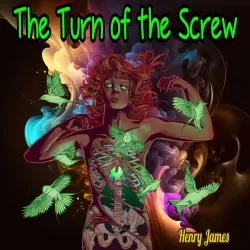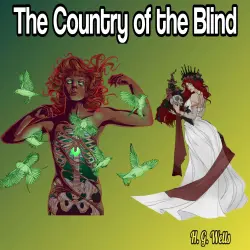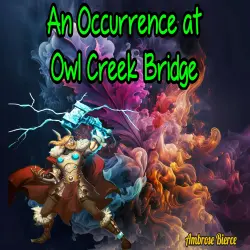
The Trial for Murder
Charles Dickens
Unabridged
29 Minuten
Hinweis: Für das Abspielen der Hörbücher oder Hörspiele können auf den jeweiligen Plattformen, wie z.B. Spotify, Kosten anfallen. Lismio hat keinen Einfluss darauf, welche Hörbücher und Hörspiele bei dem Service verfügbar sind.
Einige Artikel enthalten Affiliate-Links (gekennzeichnet mit einem Sternchen *). Wenn ihr auf diese Links klickt und Produkte kauft, erhalten wir eine kleine Provision, ohne dass für euch zusätzliche Kosten entstehen. Eure Unterstützung hilft, diese Seite am Laufen zu halten und weiterhin nützlichen Content zu erstellen. Danke für eure Unterstützung!
Vom Herausgeber
The Trial for Murder by Charles Dickens is a short story written by Charles Dickens in 1865. It was originally published under the title "To Be Taken with a Grain of Salt" as a chapter in Dr. Marigold's Prescriptions in an extra Christmas volume of the weekly literary magazine, All the Year Round.
Synopsis:
A supernatural horror story in which the ghost of a murder victim appears repeatedly to the foreman of the jury that trials his murder, and harasses the jurors and witnesses throughout the court case in order to ensure that the suspected murderer is charged guilty.
Potential inspiration:
After reading Elizabeth Gaskell's "The Old Nurse's Story", Dickens was critical of its ending where everyone in the story could see the ghost. He felt that it was too similar to other famous works, such as William Shakespeare's representations of ghosts, and would be uninteresting to readers.
As Dickens wrote to Gaskell: "I have no doubt, according to every principle of art that is known to me from Shak-speare [sic] downwards, that you weaken the terror of the story by making them all see the phantoms at the end. And I feel a perfect conviction that the best readers will be the most certain to make this discovery. Nous verrons."
This later inspired the main concept within "The Trial for Murder", whereby terror was to be achieved through ambiguity and obscurity.
Synopsis:
A supernatural horror story in which the ghost of a murder victim appears repeatedly to the foreman of the jury that trials his murder, and harasses the jurors and witnesses throughout the court case in order to ensure that the suspected murderer is charged guilty.
Potential inspiration:
After reading Elizabeth Gaskell's "The Old Nurse's Story", Dickens was critical of its ending where everyone in the story could see the ghost. He felt that it was too similar to other famous works, such as William Shakespeare's representations of ghosts, and would be uninteresting to readers.
As Dickens wrote to Gaskell: "I have no doubt, according to every principle of art that is known to me from Shak-speare [sic] downwards, that you weaken the terror of the story by making them all see the phantoms at the end. And I feel a perfect conviction that the best readers will be the most certain to make this discovery. Nous verrons."
This later inspired the main concept within "The Trial for Murder", whereby terror was to be achieved through ambiguity and obscurity.








